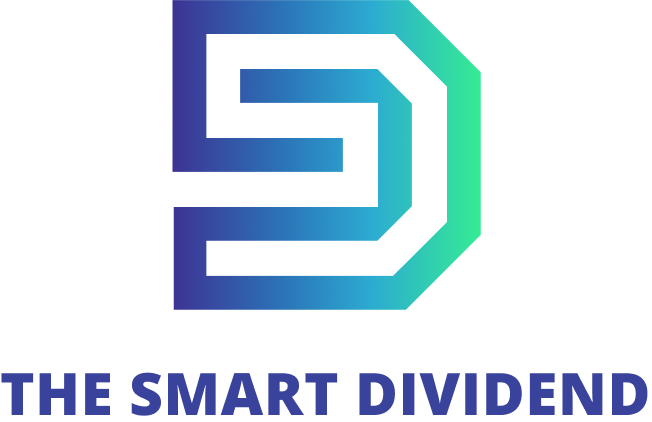
Photography, and graphic design in the modern sense cannot do without image editing. If you have the right kind of software for editing, your photos may come out to be something different.
When it comes to photo correction, adjustment of brightness and filters application as well as removing spots from the face or any other part of the photograph, image editing becomes a helpful tool for materializing one’s imagination.
For both amateurs and expert designers, selecting an appropriate computer program that can edit images is quite complicated at times because of many options available in the market. To help you out here are key considerations that will enable you make informed choices when using best image editing software.
Top Image Editing Softwares for Beginners
1. HitPaw FotorPea
For a powerful AI photo editing software that can make your pictures look professional, go for the HitPaw FotorPea. Just in one click, FotorPea is able to improve your images with adjusted lighting, sharpened details and richened colours. It is the best image editing software for PC.
HitPaw FotorPea streamlines your photo editing workflow through its intuitive interface and smart AI algorithms. The software automatically analyzes your images using AI and makes them look like professionally modified photos. Additionally, HitPaw FotorPea enhances old pixilated and low-resolution photos by means of artificial intelligence; it even rescales them to 8K resolution for crystal clarity.
Key Features
- AI photo enhancer to boost clarity and color
- AI image generator to create stunning artwork
- Passport photo maker
- AI portrait generator with natural results
- Object removal from photos
Pros
- Easy to use one-click enhancement
- Upscales images to HD/2K/4K/8K resolution
- Restores old and blurry photos
- Available as Photoshop plugin
Cons
- Free version has limited export
- Need higher system requirements
2. Adobe Photoshop
Adobe Photoshop is the industry standard photo editing software used by professionals worldwide. With over 30 years of development, Photoshop offers unparalleled image editing capabilities.
Key Features
- Layers for non-destructive editing
- Advanced selection tools like magic wand
- Filters, adjustments layers, and blend modes
- Content-aware tools for seamless edits
- Camera Raw for processing RAW images
Pros
- Industry standard with wide community support
- Powerful tools for endless creative options
- Great for print, web, and multi-layered compositions
- Integrates with other Adobe Creative Cloud apps
Cons
- Expensive monthly subscription fee
- Steep learning curve for new users
3. Adobe Lightroom
Adobe Lightroom is a photo organization and editing software focused on developing RAW images. It provides a streamlined workflow for batch editing large volumes of photos.
Key Features
- Catalog system for managing large libraries
- Develop module for non-destructive RAW processing
- Presets for applying edits to batches of photos
- Built-in printing and sharing capabilities
- Syncs with Lightroom mobile apps
Pros
- Great for managing and editing high volumes
- User-friendly interface and quick edits
- Seamless workflow from import to export
- Affordable subscription pricing
Cons
- Less robust for creative compositing or manipulation
- Requires importing into Photoshop for advanced editing
4. GIMP
GIMP is a free, open-source image editing software with advanced capabilities rivaling Photoshop. Ideal for beginners and professionals alike. It proves to be the best image editing software for Mac.
Key Features
- Layers and masks for non-destructive editing
- Extensive filters, brushes, and effects
- Scripting and automation via Python plug-ins
- Supports third-party plug-ins for added functions
Pros
- Completely free and open source
- Available for Windows, Mac, and Linux
- Large community support for tutorials/resources
- Powerful features comparable to Photoshop
Cons
- Steep learning curve for new users
- Lacks some newer features of paid software
- Less frequent updates compared to paid options
5. Capture One
Capture One is a professional RAW photo editor designed for high-end retouching and image processing. It’s popular among commercial, fashion, and studio photographers.
Key Features
- Powerful RAW processing tools
- Advanced color editing capabilities
- Layers, masks, and selection tools
- Tethered capture and robust asset management
- High quality raw file rendering
Pros
- Excellent RAW file handling and quality
- Great customizability for workflows
- Superb color correction tools
- Seamless studio tethered shooting
Cons
- Expensive licensing model
- Steep learning curve
6. Skylum Luminar Neo
Luminar Neo is an AI-powered creative photo editor for photographers of all skill levels. It provides quick automated enhancements powered by artificial intelligence.
Key Features
- One-click AI photo enhancer
- AI sky replacement and portrait tools
- Over 70 filters and effects
- Layer support for compositing
- Plugin support for Lightroom
Pros
- Easy to use automated editing
- Great special effect filters
- Affordable standalone or subscription pricing
- Good selection of manual editing tools
Cons
- Limited RAW photo support
- Fewer advanced editing capabilities
7. Affinity Photo
Affinity Photo is a fast, affordable Photoshop alternative for creative photo editing and compositing.
Key Features
- Layers, masks, blend modes, and other Photoshop-like tools
- RAW processing and HDR merge
- Retouching tools like inpainting brush
- Video editing capabilities
- No subscription – one time payment
Pros
- Powerful tools rivaling Photoshop
- Great performance and speed
- Affordable one-time cost
- Available on Windows, Mac, iPad
Cons
- Smaller user community than Photoshop
- Limited asset management features
Tips for Choosing the Right Software
When selecting an image editing software, there are several key factors to consider:
- Assess your needs – Determine if you need software for professional or casual use. Professional photographers require more advanced tools than hobbyists.
- Budget – There are free options like GIMP as well as paid software like Photoshop. Evaluate your budget constraints.
- Trial versions – Most paid software offers free trials so you can test features before committing. Take advantage of these.
- Community and support – An active user community is invaluable for tutorials, resources, and troubleshooting. Prioritize software with strong communities.
- Ease of use – The learning curve varies across software. Opt for an intuitive interface suited to your skill level.
- Features – Make sure the software has the editing tools and capabilities you require. List your must-have features.
By carefully weighing these factors, you can find the best image editing software for your unique needs and budget. Don’t hesitate to try out multiple options first.
Conclusion
There are many good image editing software choices, to cater for various needs and pockets. Experts have a range of options like Photoshop, Lightroom, GIMP, and Affinity Photo whereas Luminar Neo and HitPaw FotorPea are two AI-enhancement enabled photo editors for newbies.
Try out several photo editors before settling on one. Share with us which photo editing software you have settled for and whether or not it suits your needs. Through your feedback we can help others find the right tool.
Read more:
Best Image Editing Software: Enhance Your Photos Like a Pro

